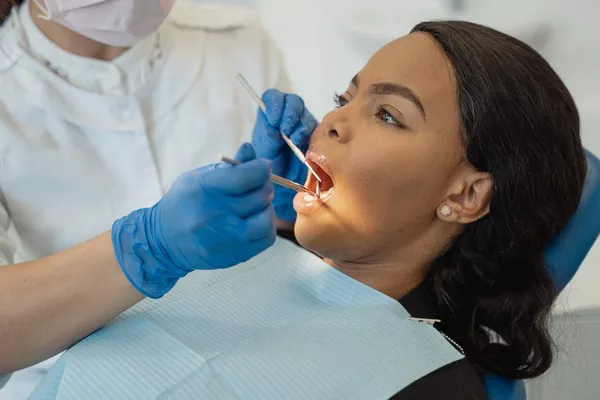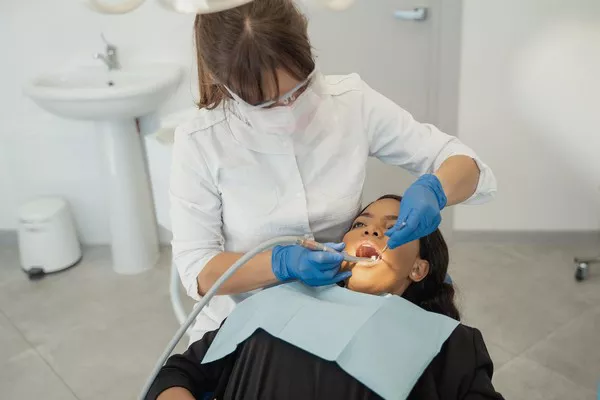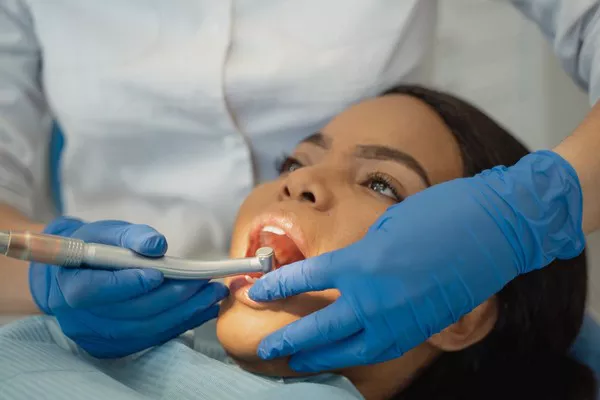Braces are a popular orthodontic treatment used to correct misaligned teeth and achieve a straighter smile. While the benefits of braces are widely acknowledged, individuals considering orthodontic treatment often have questions regarding the duration of treatment. In this comprehensive guide, we will explore the factors that influence the duration of braces treatment, average treatment times for different types of cases, and important considerations to keep in mind.
Understanding Braces Treatment
Braces are orthodontic appliances composed of brackets, wires, and occasionally additional components such as elastics or rubber bands. These components work together to apply gentle pressure to the teeth, gradually moving them into their desired positions over time. By addressing issues such as overcrowding, gaps, and malocclusions, braces improve both the appearance and functionality of the teeth and jaws.
Factors Influencing Braces Duration
The duration of braces treatment can vary significantly among individuals and is influenced by several factors, including:
Complexity of the Case:
The severity of the orthodontic issue being addressed plays a significant role in determining treatment duration. Mild cases that require minimal tooth movement may be completed more quickly, while complex cases involving extensive alignment or bite correction may take longer.
Age and Growth:
The age of the patient at the start of treatment can impact treatment duration. Children and teenagers who are still growing may experience faster tooth movement due to their active bone remodeling processes. However, adult patients can achieve successful results with braces; their treatment duration may be slightly longer due to the reduced growth potential.
Patient Compliance:
Patient cooperation and adherence to the recommended guidelines provided by the orthodontist greatly influence treatment duration. Proper oral hygiene practices, attending scheduled appointments, and following specific instructions regarding elastic wear or appliance care can contribute to more efficient treatment outcomes.
Orthodontic Technique:
The choice of orthodontic technique or system used can affect treatment duration. Advanced techniques like self-ligating braces or clear aligner systems may offer faster results compared to traditional braces in certain cases. However, the suitability of these alternative options depends on the specific needs and goals of the individual patient.
Average Treatment Times for Different Cases
While treatment times can vary significantly, it is helpful to have a general understanding of average durations for different types of cases:
Mild Cases:
Mild orthodontic issues such as minor crowding or slight spacing usually require a shorter treatment period, often ranging from 6 to 12 months. In some instances, accelerated orthodontic methods may be employed to further reduce treatment time.
Moderate Cases:
Moderate alignment problems, including moderate crowding, spacing, or bite irregularities, typically take around 12 to 18 months to address with braces. The exact duration may vary depending on individual factors and treatment plans customized by the orthodontist.
Complex Cases:
More severe malocclusions, significant overcrowding, or complicated bite irregularities can extend treatment times to 24 months or longer. These cases require careful planning and comprehensive orthodontic strategies to achieve optimal results.
It is important to note that these estimates are approximate averages. Each patient’s treatment plan will be tailored specifically to their unique needs, and the orthodontist will provide a more accurate estimate after conducting a thorough examination and assessment.
Considerations During Braces Treatment
While the duration of braces treatment varies, there are several important considerations to keep in mind throughout the process:
Regular Follow-Up Appointments:
Regular visits to the orthodontist are crucial for monitoring progress, making necessary adjustments, and ensuring the treatment plan remains on track. These appointments generally occur every 4 to 6 weeks, with the frequency varying depending on individual needs.
Oral Hygiene Practices:
Maintaining excellent oral hygiene during braces treatment is essential for preventing tooth decay, gum disease, and other oral health issues. Patients should diligently brush their teeth after meals, floss daily using specialized tools like floss threaders or interdental brushes, and follow any additional recommendations provided by their orthodontist.
Dietary Considerations:
Certain food restrictions may be recommended to protect the braces and prevent damage. Avoiding sticky, hard, or chewy foods can help prevent bracket breakage or wire displacement.
Patient Compliance:
Following the orthodontist’s instructions regarding elastic wear, appliance care, and lifestyle modifications will contribute to an efficient treatment process. Adhering to these guidelines can help achieve desired results within the estimated treatment duration.
Retention Phase:
After the active braces treatment, a retention phase follows to maintain the achieved results. This typically involves wearing retainers as prescribed by the orthodontist. The duration of the retention phase varies among individuals but usually lasts several months to a few years.
Related Topics:





























